The last few magic books I’ve bought were Second Thoughts by Rioboo and Gambling Sleight of Hand by Forte. Both are very fascinating so far. I thought for this blog I’d share my approach to reading and working through magic books.
My mindset from the beginning is that I’m not going to be performing anything out of the book. I have very personal tastes about my magic. Will the effect be a miracle? Will the effect fit my character? (A slick and smooth world-class card cheat and con man.) Is it practical? Is it bulletproof? Is it angle sensitive? Does the effect make sense? What are the chances that the tricks in a book meet my high standards? (Unless it’s an Ortiz book, it’s highly unlikely.)
I open a new book looking for ideas. Of course, I’ll be pleasantly surprised to find tricks that suit my style perfectly. I can think of a few Ed Marlo and Simon Aaronson effects that I read and started performing them just as they were written up. I’m sure there are plenty more. (Usually Lavand, LePaul, Elmsley, Tamariz, Vincent, Carpenter, Ortiz, and Vernon will give you some solid routines that are ready to perform as soon as you read them.) But 90% of the time I’m looking for inspiration and ideas.
I look for new plots or presentations. I will keep the plot and throw away the method completely and see if I can rework a completely new handling. Or, I may find a very deceptive move or sequence and throw away the presentation. I read until I see something that appeals to me and then I take notes. For example, I have a folder saved on my computer called “Cardician Notes.” It’s all my favorite ideas from Marlo’s book, The Cardician. I suggest starting a list of notes on all the books you read. It’s easy to forget a great idea buried in a book somewhere.
The other thing I do is follow the description along with a deck of cards in my hands. I think a lot of magicians read books imagining the sequences in their minds. You’ll be less likely to have discoveries if you’re just playing along in your mind. Get your hands on a deck and see exactly what the author is talking about.
Also, every so often I may find a trick that I believe is absolute garbage. I think to myself, “This is total crap that I’d never use. How can I improve it?” This is a great exercise. It makes you break down the effect to see what the original creator was trying to do. You can tweak the plot to see if it becomes more appealing. You can substitute in some new moves to see if it becomes more deceptive. You may find, with enough tinkering, you’ve reinvented the effect. I believe that some creators publish things that they think about for 5 minutes. Yes, it’s a deceptive moment. But what can you do with it? Think along these lines and you’ll see that you may come up with all sorts of new things.
Lastly, give the effects a shot in front of a lay audience. In your mind, you may think that the effect is just okay. After a few performances you may see you’re getting great reactions. My effect, Arcane Control from my book, Confident Deceptions was based off a very basic sandwich routine. I thought that when I performed it people would say sarcastically, “Oh, yeah… wow, look at that. So what. You found my card… and? …” After just a few performances I noticed that I was getting killer reactions. I imagine that there are lots of effects out there that we have read and imagined that it’s a “so-so” effect. Without actually getting out there and performing it you’ll never really know.
So, I take my time with new books. I read each effect thoroughly with cards in my hands. I’ll take notes on anything I feel is deceptive. I’ll write down any new presentational angles or storylines that the book may offer. If I feel a trick is weak, as an exercise in creativity I’ll reinvent or supercharge the effect. Lastly, I give the effects a chance and perform them in front of a live audience. You might be surprised what you find.


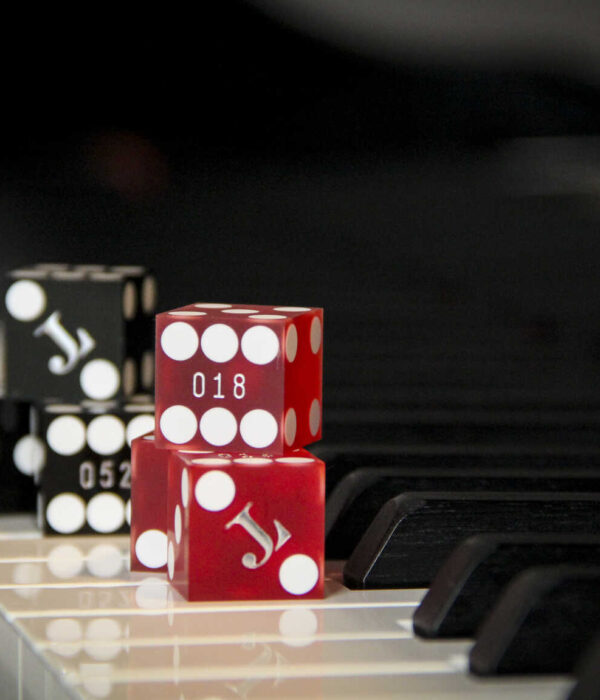

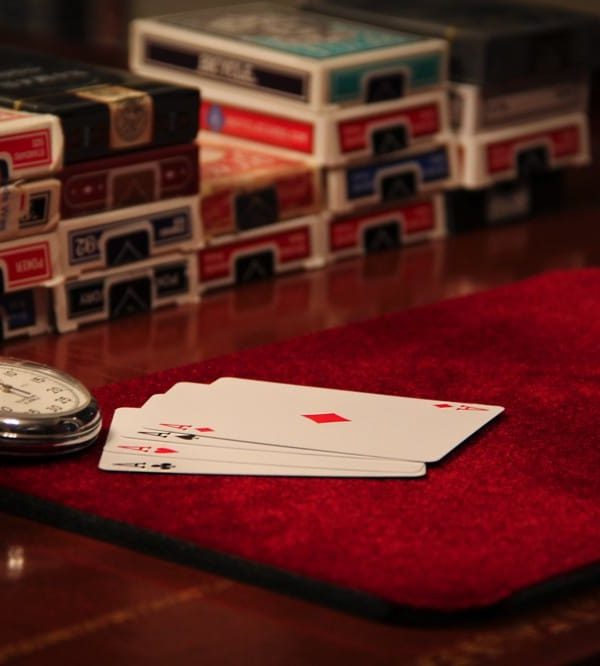
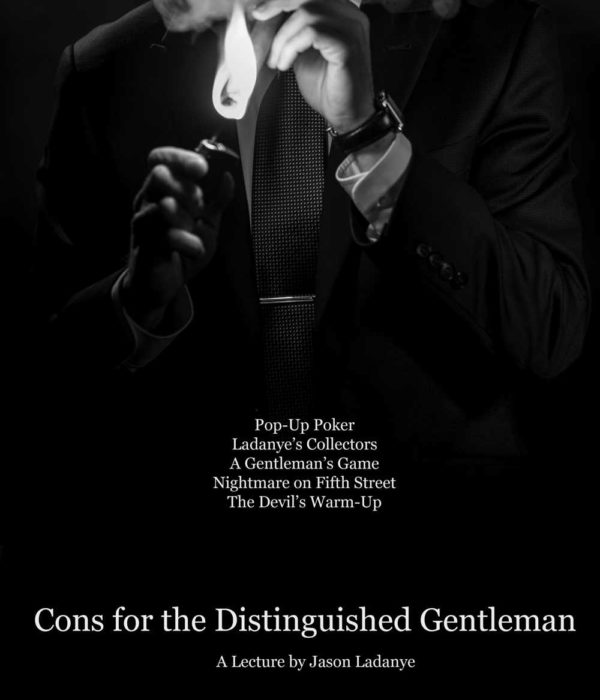
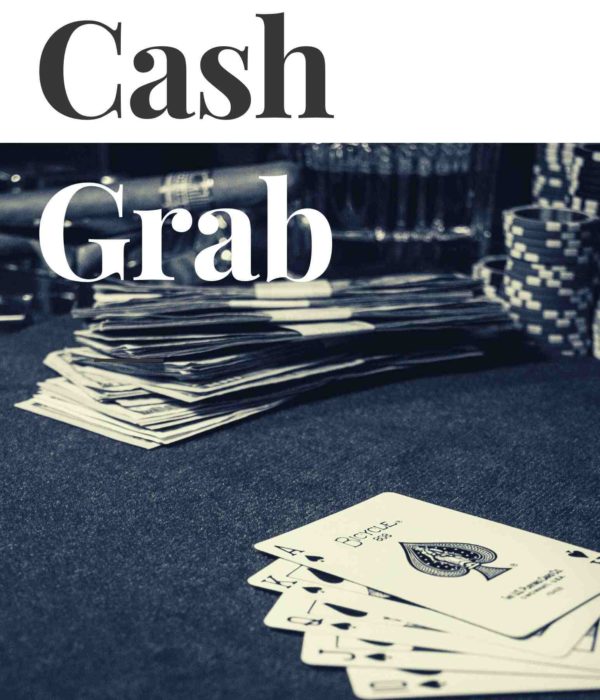
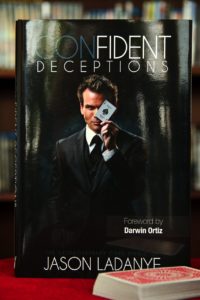

Comments are closed.
This post by itself is really juicy and has a lot of great advice in it. Thanks Jason!
I read these posts every once in awhile for inspirational, educational and also nostalgic reasons. I have noticed that he re-writes parts of them to make them better and up-to-date.
I just wanted to write this comment as a reminder to myself as to the 2 original books mentioned in the beginning: Art Decko by Simon Aranson and Bloomberg’s Laboratories by Thomas Bloomberg.
Next: Second Thoughts by Rioboo and Gambling Sleight of Hand by Forte.